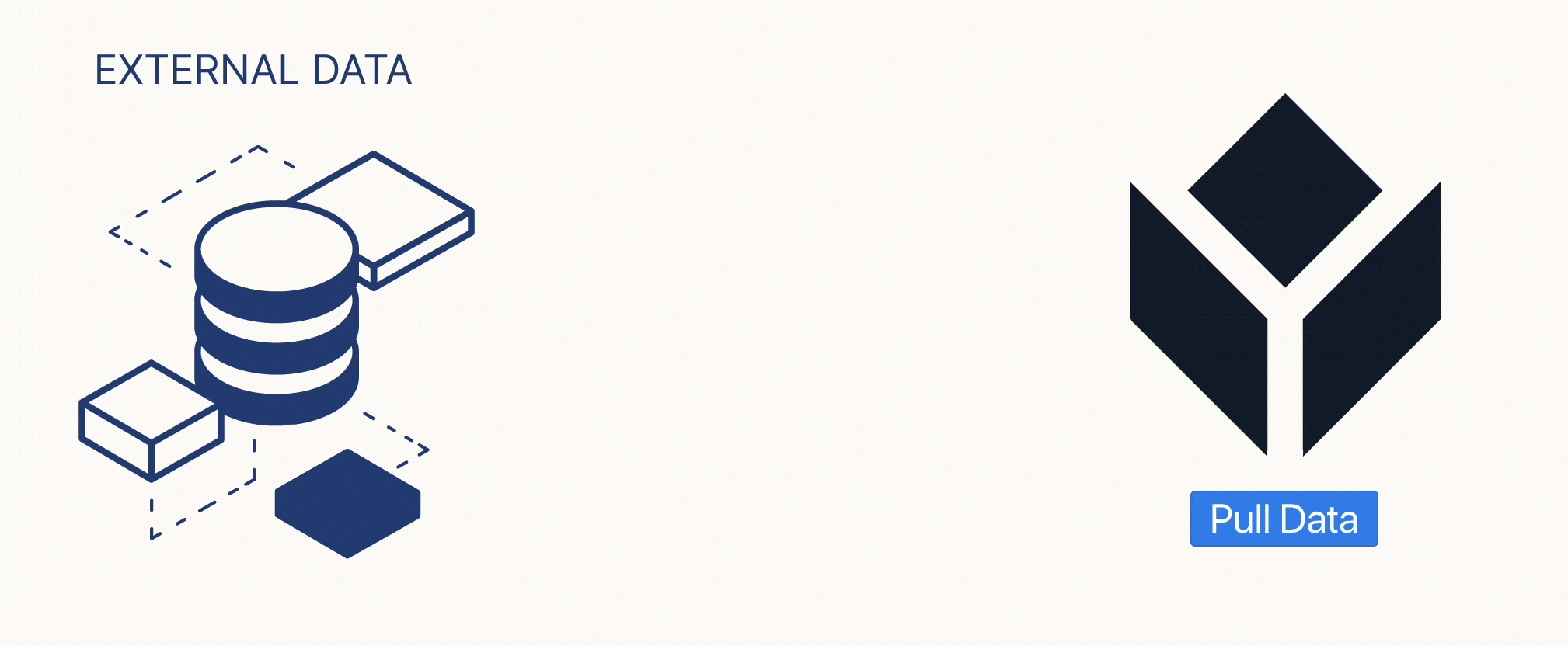- Print
Learn how to troubleshoot common Connector issues.
Overview
When using connectors, you may encounter issues that require some knowledge of the technical details of how connectors work. This guide will help you understand these details as well as find solutions to common connector issues and interpret error codes.
Common Connectors Issues
Why is my connector offline?
If your connector shows it’s offline, there is an issue with the connection to the server. This could be for two reasons:
- Incorrect Credentials
Double-check the input fields when configuring your connector and make sure the information is correct. If you’re unsure, examine the third-party system’s documentation and your account credentials for verification. Fields can be case-sensitive, so ensure that the values you enter are identical to what’s given. - Issues with the Third-Party System
Connection issues can lie within the third-party system itself and an issue with their server. Contact your system’s administrator for more information regarding potential connection issues.
If you haven’t configured your connector yet or need a refresh, check out our guide on How to Configure a Connector for a step-by-step walkthrough.
What happens if my Connector Function fails?
If a connector function fails, an error message will appear, and the system will not attempt to retry the call. Failures can occur due to several common reasons:
- The external system does not respond to the API request, either due to lack of response or exceeding the maximum connector execution time.
- The Connector Host is offline.
Why is the Connector Host disconnected?
You can see connector host statuses at: https://[your-instance].tulip.co/account-settings/connectors-settings
If you are using an on-premise connector host, check for issues with your server or host.
For those using the Tulip Cloud Connector Host, this connector host should always be online. The Cloud Connector Host is a service managed by Tulip. Reach out to suppport@tulip.co if this is unavailable.
Where can I find API endpoints for my system?
Searching for "API Docs [system name]" will almost always yield a developer-focused page with all API endpoints and details about specifications such as authentication and parameters.
If there are examples of each, the cURL examples are usually the closest to Tulip Connectors.
If you are using the Tulip Table API, view documentation at: https://[your-instance].tulip.co/apiDocs
What is Basic/Bearer Authorization?
Basic and bearer authorization are standard headers used for access.
The “Authorization” header will have the value “Basic QWxhZGRpbjpvcGVuIHNlc2FtZQ==” or “Bearer QWxhZGRpbjpvcGVuIHNlc2FtZQ==”. Both TLS and non-TLS customers can use basic authorization. Bearer should only be for TLS.
What is X-auth-token, x-authentication, x-authentication-token?
All of these are examples of unregulated headers that are often used for authentication. “X” indicates that these are non standard headers.
Review your system’s documentation for more details on how to set these up.
Why isn’t my GET or POST HTTP request returning data?
If your GET or POST HTTP doesn’t return any data, review the content-type header. This header is often required, but not always, for these request types.
Why can’t I see the output of my SQL query?
The output columns must be mapped to see any response (where http will show the whole response without any output mapped)
Why aren’t my outputs being used?
Note the format of your outputs. Outputs are case-sensitive and often use CamelCase or lowerCamelCase.
HTTP connectors also use Dot Notation for nested objects within the results. To learn more about understanding Dot Notation, read this external guide here.
Connectors Error Codes
HTTP
HTTP codes are expansive and their prefixes indicate the type of request.
4xx - Bad request
2xx - Good request
3xx - Mixed request
Refer to this HTTP error codes guide for more information.
SQL
With SQL, generally the error codes come from the requests themselves.
Refer to this SQL error codes guide for more information.
Further Reading
Did you find what you were looking for?
You can also head to community.tulip.co to post your question or see if others have faced a similar question!




.gif)